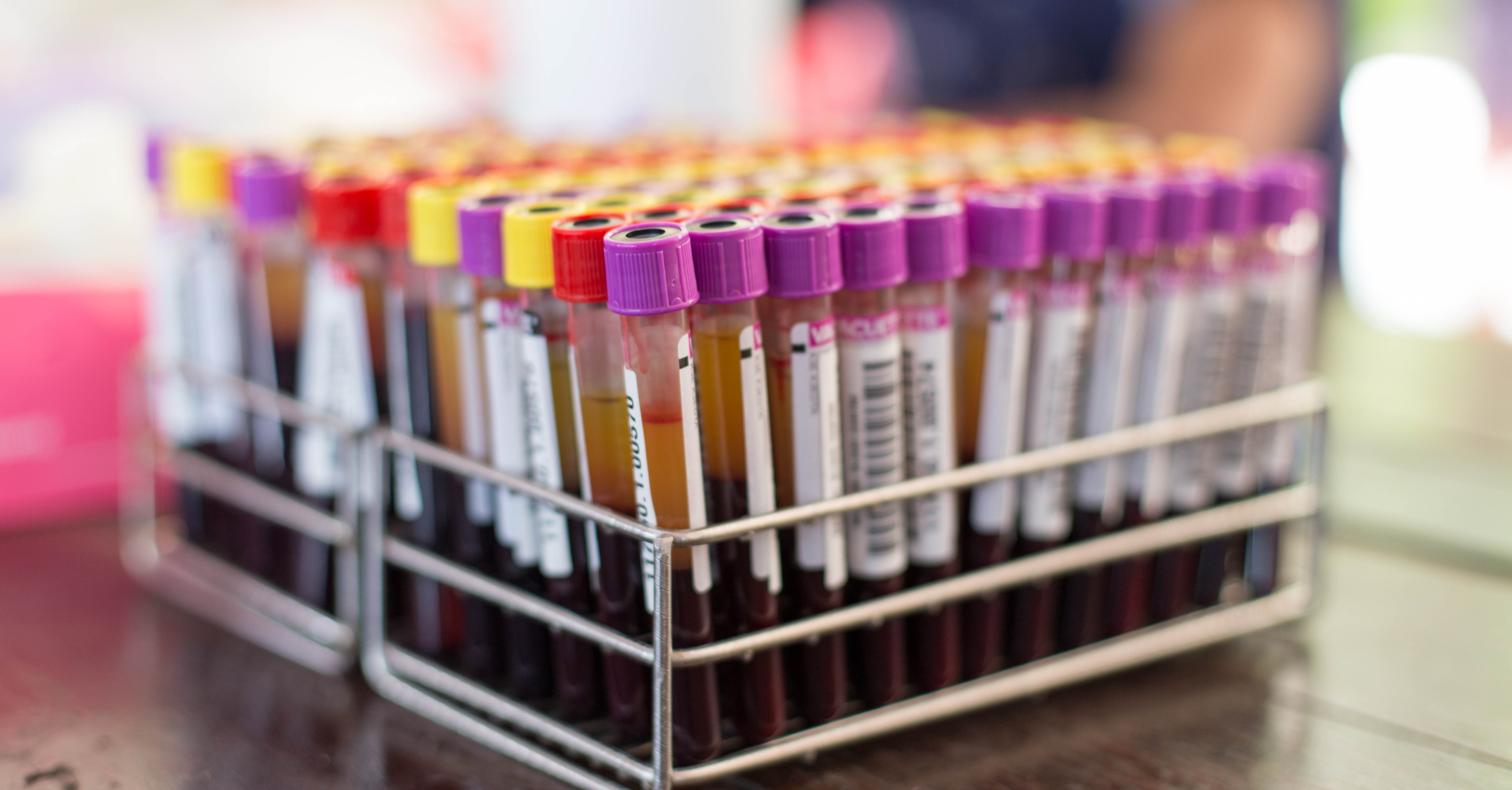Small molecule transports iron in mice, human cells to treat some forms of anemia

New research from Young Ah Seo
Assistant Professor, Nutritional Sciences
A natural small molecule derived from a cypress tree can transport iron in live mice and human cells that lack the protein that normally does the job, easing a buildup of iron in the liver and restoring hemoglobin and red blood cell production, a new study found.
Researchers at the University of Michigan, University of Illinois and University of Modena in Italy, found that the small molecule hinokitiol potentially could function as a "molecular prosthetic" when the iron-transporting protein ferroportin is missing or defective—offering a potential treatment path for ferroportin disease and certain kinds of anemia.
"This is a really striking demonstration in a whole animal model that an imperfect mimic of a missing protein can reestablish physiology, acting as a prosthesis on a molecular scale," said study co-leader Martin Burke, professor of chemistry at Illinois. "The implications are really quite broad with respect to other diseases caused by loss of protein function."
Ferroportin is a protein that forms a channel for transporting iron in and out of cells. Ferroportin deficiency can be due to a genetic mutation or caused by inflammation or infection. Patients without the protein have an excess buildup of iron in the liver, spleen and bone marrow, particularly in a type of cell called a macrophage. Macrophages in the liver chew up old red blood cells and transport the iron in them for recycling into new red blood cells. However, without ferroportin, the iron builds up inside the cells and can't be recycled, Burke said.
Removing blood from the body, as is usually done for other diseases caused by iron buildup, is not an efficient treatment, since the buildup is localized and iron levels in blood are actually low, said study co-author Antonello Pietrangelo, professor of medicine at Modena. Pietrangelo was the first to identify genetic ferroportin disease in patients as distinct from a more well-documented form of iron overload that causes iron to build up in blood serum.
Burke's group at Illinois detailed hinokitiol's ability to shuttle iron across cell membranes and correct anemia in zebrafish in 2017, establishing it as a potential candidate for therapeutic application. In the new study, published in the journal PNAS, researchers studied hinokitiol's action in live mice lacking the gene for ferroportin, as well as in macrophages from patients with ferroportin disease.
Michigan Public Health professor Young-Ah Seo's research group, which studies genetic disorders of iron and manganese, provided proof-of-concept that hinokitiol could improve anemia in mice.
"We saw that the mice treated with hinokitiol reduced iron accumulation in the liver and improved hemoglobin and red blood cell production," said Seo, professor of nutritional sciences at Michigan Public Health and a co-lead author of the study. "These findings suggest that hinokitiol could deliver iron from the liver to red blood cells and thus improve hemoglobin in mice."
The researchers noted that although the iron distribution still fell short of normal in mice treated with hinokitiol, hemoglobin and red blood cell levels were improved to normal range. This indicates that the small molecule, while not a perfect replacement for ferroportin, could effectively address anemia, said Illinois graduate student Stella Ekaputri, first author of the study.
"In healthy organisms, there is a threshold of functionality. Our goal is to give a little bit of a boost so that the threshold is reached," she said. "Even though our small molecule is not perfect, homeostasis is recovered for hemoglobin. Just a little bit of boost is enough to overcome the bottlenecks that are created by the ferroportin deficiency."
The researchers dug deeper to understand the mechanisms of how hinokitiol bolstered iron transport and hemoglobin production in mice. They found that hinokitiol bound to iron within the macrophages where it had built up and ferried the iron out of the cells. Then, hinokitiol handed off the iron to another protein, transferrin, which inserted the iron back into the normal hemoglobin-production cycle. The researchers verified that hinokitiol functioned the same way in human cells by studying its action in liver macrophages from human patients with ferroportin disease.
"Using our patients' macrophages, we were able to show that hinokitiol can very efficiently remove 'free iron' and also iron stores from macrophages of patients with different mutations," Pietrangelo said. "This, combined with the data in mice that show the hinokitiol also is effective in vivo, opens a completely new avenue for the treatment of this disorder."
The researchers are working with Kinesid Therapeutics, founded by Burke, to facilitate further work toward clinical application for hinokitiol or its derivatives.
The National Institutes of Health supported this work.
- Study: A small molecule redistributes iron in ferroportin-deficient mice and patient-derived primary macrophages
- Learn more about Nutritional Sciences
